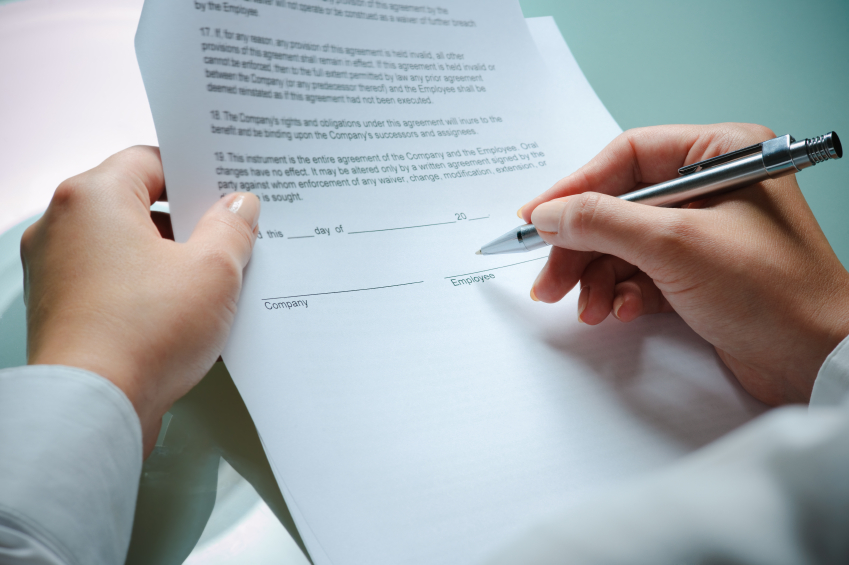When purchasing a property, particularly an apartment, townhouse, or unit, it’s important to consider the ongoing costs beyond your mortgage repayments. One of these key expenses is strata fees, which help cover the maintenance and management of shared spaces within the complex. If you’re planning to buy a property under a strata scheme, understanding these fees will help you budget effectively and avoid surprises down the track.
What are strata fees?
Strata fees (also known as body corporate fees) are contributions made by property owners in a strata-titled building to maintain the shared areas and services. These can include stairwells, gardens, lifts, pools, gym facilities, and even external repairs to the building. The amount you pay depends on the size of your lot, the facilities available, and the building’s overall maintenance requirements.
Types of strata fees
Strata fees are usually divided into three main categories:
- Administrative fund levies – These cover the day-to-day running costs of the building, such as cleaning, gardening, insurance, and minor repairs.
- Sinking fund levies (or Capital Works Fund) – A reserve fund set aside for major repairs and upgrades, such as painting the exterior, replacing lifts, or structural work.
- Special levies – Additional contributions for unexpected expenses not covered by the sinking fund. In such cases, owners may need to contribute additional amounts through special levies.
What influences strata fees?
Several factors determine the amount you’ll pay in strata fees:
- Building size and age – Larger or older buildings typically have higher maintenance costs.
- Amenities and services – Complexes with pools, gyms, lifts, and security services generally have higher fees.
- Location – Strata fees may vary based on local service costs and council regulations.
- Financial health of the strata scheme – If the building’s sinking fund is low, owners may need to pay special levies for repairs and maintenance.
Why do strata fees matter for homebuyers?
When assessing affordability, many buyers focus only on their mortgage repayments. However, strata fees can add a significant amount to your ongoing expenses. A low strata levy may seem attractive at first, but if it’s too low, it could indicate insufficient funds for future maintenance, potentially leading to unexpected special levies.
Tip: Always review the strata’s financial records before purchasing to understand the building’s financial health and any upcoming costs.
Tips for buyers considering a strata property
- Request a strata report – This will give you insight into the financial health of the scheme, upcoming maintenance plans, and potential special levies.
- Compare fees across properties – Some buildings offer more services than others, leading to varying fee structures.
- Factor fees into your budget – When calculating affordability, include strata fees alongside your mortgage repayments, council rates, and other living expenses.

